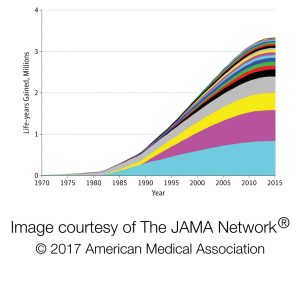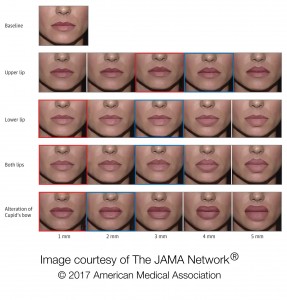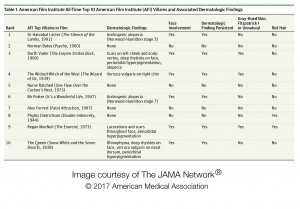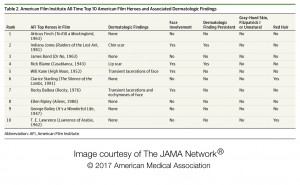EMBARGOED FOR RELEASE: 11 A.M. (ET), MONDAY, JUNE 12, 2017
Media Advisory: To contact corresponding author Bradley P. Turnwald, M.S., email Milenko Martinovich at mmartino@stanford.edu.
To place an electronic embedded link in your story: Links will be live at the embargo time: https://jamanetwork.com/journals/jamainternalmedicine/fullarticle/10.1001/jamainternmed.2017.1637
JAMA Internal Medicine
Does labeling carrots as “twisted citrus-glazed carrots” or green beans as “sweet sizzilin’ green beans and crispy shallots” make them more enticing and increase vegetable consumption?
Bradley P. Turnwald, M.S., and coauthors from Stanford University in California, tested whether using indulgent descriptive words and phrases typically used to describe less healthy foods would increase vegetable consumption because some perceive healthier foods as less tasty, according to a research letter published by JAMA Internal Medicine.
The study was conducted in a large university cafeteria and data were collected each weekday for the 2016 autumn academic quarter. Each day, one vegetable was labeled in 1 of 4 ways: basic (e.g., beets, green beans or carrots); healthy restrictive (e.g., “lighter-choice beets with no added sugar,” “light ‘n’ low-carb green beans and shallots” or “carrots with sugar-free citrus dressing”); healthy positive (e.g., “high-antioxidant beets,” “healthy energy-boosting green beans and shallots” or “smart-choice vitamin C citrus carrots”); or indulgent (e.g., “dynamite chili and tangy lime-seasoned beets,” “sweet sizzilin’ green beans and crispy shallots” or “twisted citrus-glazed carrots”).
Although the labeling changed, there were no changes in how the vegetables were prepared or served.
Research assistants discretely recorded the number of diners who selected the vegetable and weighed the mass of vegetable taken from the serving bowl. During the study, 8,279 of 27,933 diners selected the vegetable.
Indulgent labeling of vegetables resulted in 25 percent more people selecting the vegetable compared with basic labeling, 41 percent more people than the healthy restrictive labeling and 35 percent more people than the healthy positive labeling, according to the results.
Indulgent labeling of vegetables also resulted in a 23 percent increase in the mass of vegetables consumed compared with basic labeling and a 33 percent increase in the mass of vegetables consumed compared with the healthy restrictive labeling. There was a 16 percent nonsignificant increase compared with the healthy positive labeling.
The authors note they were unable to measure how much food was eaten individually by cafeteria patrons, although people generally eat 92 percent of self-served food.
“Further research should assess how well the effects generalize to other settings and explore the potential of indulgent labeling to help alleviate the pervasive cultural mindset that healthy foods are not tasty,” the article concludes.
For more details and to read the full study, please visit the For The Media website.
(doi:10.1001/jamainternmed.2017.1637)
Editor’s Note: The article contains funding/support disclosures. Please see the article for more information, including other authors, author contributions and affiliations, financial disclosures, funding and support, etc.
# # #
For more information, contact JAMA Network Media Relations at 312-464-JAMA (5262) or email mediarelations@jamanetwork.org.





